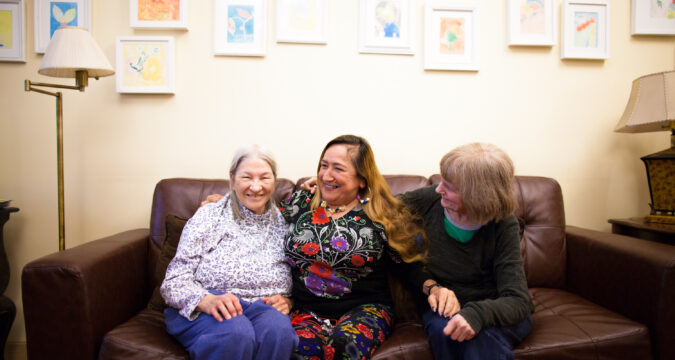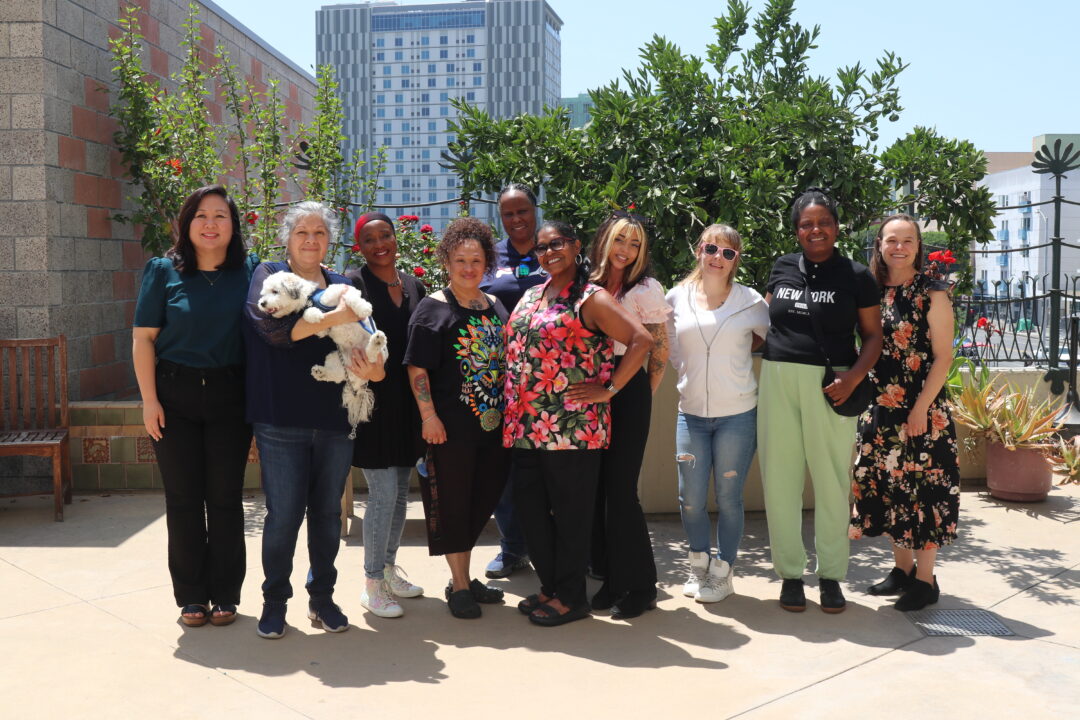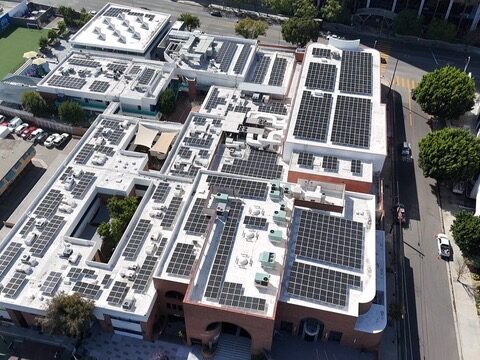
The Downtown Women’s Center (DWC) is unveiling a bold new strategic plan with a clear, uncompromising mission. Adopted in February 2024, the organization’s 2024–2026 blueprint outlines four core priorities, backed by measurable goals and an unflinching focus on ending homelessness for women and gender-diverse people.
All Roads Lead Home
It’s no secret that Los Angeles and, more broadly, California as a whole face a massive task as of late. With the Olympics around the corner, all eyes are on the Golden State, and it is up to us and our government to show we are putting our best foot forward. The guiding priorities behind DWC’s strategic plan highlight a new holistic approach, centering safety, respect, social justice, and community. Principles derived from DWC’s practice of the six tenets of Trauma-Informed Care. The Downtown Womens Center is paving the way for how the city can handle such a complicated issue, aiming to foster safe, equitable, and uplifting communities where women and gender-diverse people are fully housed.
Here’s what the plan commits to:
Notably, DWC is the only organization in Los Angeles focused exclusively on serving women and gender-diverse individuals experiencing homelessness.
DWC plans to support skilled, committed staff with the resources they need to thrive and serve. Frontline trauma-informed work puts heavy demands on staff; turnover, burnout, and low wages are real. Goals include a minimum base wage of $30/hr by 2028 and building a culture of wellness and development. By taking a realistic look at internal problems, DWC is looking to restructure issues that have been endemic to addressing a statewide crisis. DWC’s budget soared from $9.7M in 2018 to $27M in 2023, but growth outpaced administrative investment, and that’s a risk. The plan vows to build infrastructure, diversify revenue (more individual giving, less government dependence), and bolster reserves.

Photos courtesy Downtown Women’s Center
Founded in 1978 DWC is well aware of who is most at risk for becoming or staying unhoused. With this in mind, they look to significantly reduce homelessness among BIPOC women and gender-diverse individuals in Skid Row: DWC’s “North Star”: a 95%+ housing retention rate for women and gender-diverse folks housed via their model. The plan anticipates nearly doubling housing units via the San Pedro Street campus and “Rosa’s Place” (leasing 2027/28). “Rosa’s Place represents an important milestone of our plan; construction is underway to bring 97 permanent supportive housing apartments to Skid Row, transforming Skid Row from a destination for homelessness to a community of housing and opportunity,” said DWC CEO Amy Turk.
Implementation: Not Just Good Intentions
The plan is not broad-brush. There’s a “Theory of Change” for how DWC creates lasting impact. To hold itself accountable, DWC established an Implementation Task Force, holding staff and board, monthly reviews, dashboards, listening sessions with participants, and is participating in periodic reporting. “At a time when policy and funding shifts are putting essential housing and services at risk, our strategic plan is guiding how we protect what works while building toward what’s possible. It strengthens our staff, expands housing, and advances the policies that we know can end homelessness,” said Turk.
Why This Matters for DTLA
Skid Row is an underdog story. Since its inception, the district has been designed to keep Los Angeles’s unhoused as an afterthought. Yet as the years go by, the eyes of America stay fixed on the community whose name has become synonymous with its struggles. Skid Row and Downtown L.A., more broadly, face some of the starkest homelessness challenges in the nation. When an organization like DWC publishes such a clear roadmap, it’s a signal to funders, policymakers, community partners, and onlookers that Angelenos know the status quo isn’t acceptable.
![]()


























